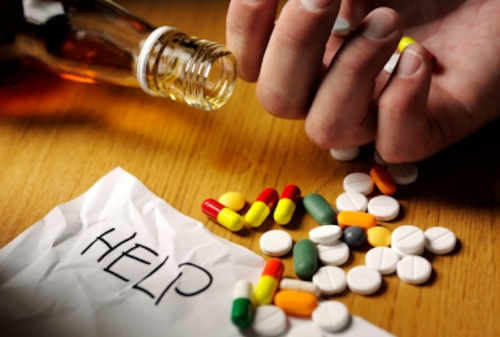
Chemical dependency and substance abuse may sound the same to ordinary people, and they use it simultaneously. These terms are often used to describe someone who suffers an addictive condition. However, if one can thoroughly look into the depths of the phrase’s definition, a significant difference between the two will be discovered. And by then these two terms will be uttered in very different conditions.
Substance Abuse
Substance abuse or also known as substance use disorder by definition is a kind of mental health disorder that relates to the abusive use of methamphetamine, heroin, marijuana, and cocaine (which are considered illegal substance) and prescription drugs, alcohol and nicotine (which are also known as legal substances). The use of these “substances” usually commences when a conflict or problem occurs, and the intake of such comes in patterns. It eventually becomes a regular occurrence and may be habitual, and then it will result in extreme distress.
Chemical dependency characterizes this condition, but once the substance flushes out of the user’s system, cravings or obsession for it leaves the body as well. In short, the person is not actually suffering from any level of addiction. However, if the user has displayed that the use of a specific substance is already out of control and is showing signs of dependence, then the user is without a doubt suffering from addictive behavior. “Addiction develops over time, as a person continues to use a substance and grows more dependent on it.” That is according to Hailey Shafir, LPCS, LCAS, CCS-I.

Chemical Dependency
Chemical dependency characterizes the human body’s need for a specific type of alcohol, medication or drug. The body’s reaction to chemical dependence will become evident when the body excretes the chemical. It is the time when the user suffers withdrawal effects such as violent shaking, anxiety, hallucinations, severe headaches, and vomiting, among many other symptoms. There are even instances when the user becomes harmful not only to himself but for other people as well.
“The first step was to understand that our goal was to mainstream addiction treatment into the general delivery of health care.” says Navdeep Kang, PsyD. After the withdrawal process, the user will crave for the drug or substance and will keep looking for that chemical again. Fact is that the user will do whatever it takes just to get a hold of the drug and use it again. Such action only portrays a deep obsession for the chemical that has been in the body of the user for quite some time. To be able to overcome an issue like chemical dependency, one has to submit himself to clinical detoxification. Certified and qualified chemical dependency counselors will design this process.
The Difference

The difference between chemical dependence and substance abuse can be determined by the body’s reaction when a chemical or substance is present or in the process of withdrawal from the system. To learn the difference between the two, one has to study both conditions thoroughly, and understanding how it works, proper and efficient intervention can be executed on the patient. This way, recovery can be expected in the soonest possible time.
Whichever condition a person is suffering from, this does not to define the person. There are many useful ways to get rid of substance abuse and chemical dependency. The process may be long and tedious, physically painful and emotionally draining, but still, it would be worth it knowing that a person can return to his old and usual self again. Because as Alicia H. Clark, Psy.D. explains, “The best progress happens when you apply what you’ve learned outside that setting, in your real life.”